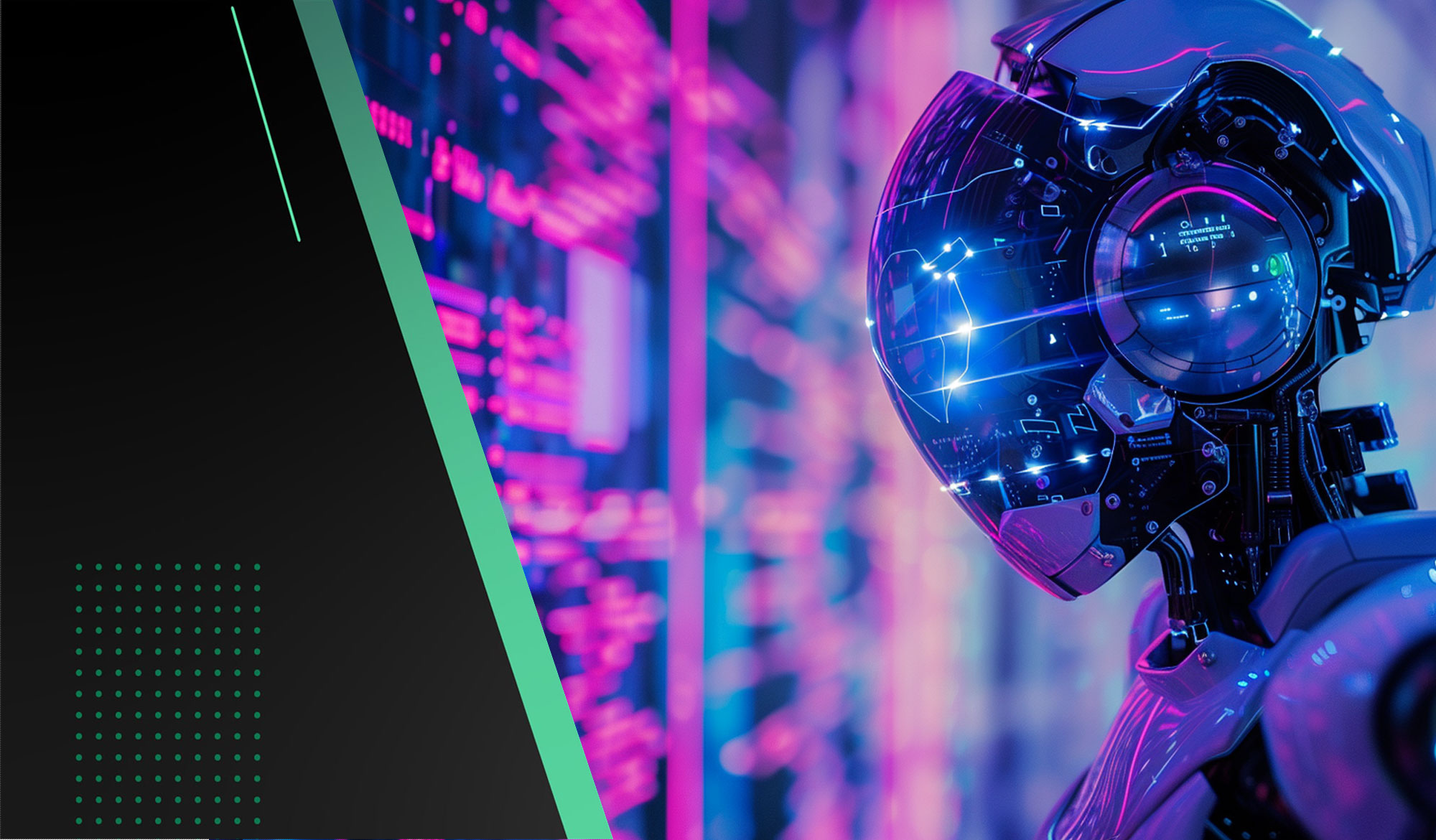In the dynamic landscape of technology, data and artificial intelligence (AI) are no longer mere buzzwords; they are the driving forces behind innovation and progress. Today, more than ever, businesses are realizing the immense potential that lies within their data and the transformative capabilities of AI. In this blog post, we delve into the fascinating world of Retrieval-Augmented Generation (RAG), shedding light on its significance in natural language processing (NLP) and its diverse applications across industries.
Understanding RAG: A Fusion of Retrieval and Generation
![]()
RAG, short for Retrieval-Augmented Generation, represents a groundbreaking approach in the realm of NLP, seamlessly integrating the power of retrieval-based and generative models. At its core, RAG combines the strengths of two prominent paradigms in NLP:
1. Retrieval-based Models
These models excel at retrieving relevant information from vast repositories of data. They leverage techniques like keyword matching or semantic similarity to fetch contextually appropriate responses or information.
2. Generative Models
On the other hand, generative models possess the ability to generate human-like text autonomously. These models, such as OpenAI's GPT series, have demonstrated remarkable proficiency in tasks like language translation, text summarization, and creative writing.
By fusing these two approaches, RAG achieves a synergy that surpasses the limitations of individual methodologies. It effectively combines the precision of retrieval-based systems with the creativity and adaptability of generative models, opening new avenues for advanced NLP applications.
Retrieval-Augmented Generation for Large Language Models
Significance of RAG in Natural Language Processing
![]()
The emergence of RAG marks a significant milestone in the evolution of NLP, addressing several inherent challenges and limitations encountered by traditional approaches. Here's why RAG stands out in the field:
1. Contextual Understanding
RAG excels at capturing and understanding the context of a given query or prompt. Unlike traditional keyword-based retrieval systems, RAG considers the semantic meaning and context behind the input, leading to more relevant and accurate responses.
2. Flexible Response Generation
One of the key strengths of RAG lies in its ability to generate responses that are not confined to predefined templates or fixed patterns. Instead, it can dynamically generate contextually relevant responses, adapting to the nuances of the conversation or query.
3. Scalability and Efficiency
RAG frameworks are designed to handle large volumes of data efficiently, making them suitable for real-time applications and large-scale deployments. This scalability ensures that RAG-powered systems can cater to diverse use cases and growing datasets without compromising performance.
4. Continuous Learning
Leveraging techniques like fine-tuning and reinforcement learning, RAG models have the capacity to continuously improve and adapt based on user interactions and feedback. This iterative learning process enhances the quality of responses over time, making RAG systems increasingly effective and reliable.
Applications of RAG Across Industries
![]()
The versatility of RAG extends beyond the confines of a single industry, finding application across diverse sectors where NLP plays a crucial role. Here are some notable applications of RAG:
1. Customer Support and Chatbots
RAG-powered chatbots and virtual assistants are revolutionizing customer support operations by providing personalized and contextually relevant assistance round the clock. These AI-driven agents can handle a wide range of queries, resolving issues promptly and efficiently.
2. Content Generation and Summarization
In content-intensive industries such as journalism, RAG algorithms are being used to generate high-quality articles, summaries, and reports automatically. By analyzing vast amounts of textual data, RAG systems can distill key insights and present them in a concise and coherent manner.
3. Information Retrieval and Knowledge Graphs
RAG facilitates enhanced information retrieval by leveraging knowledge graphs and semantic understanding. It can retrieve specific facts, answers, or explanations from structured and unstructured data sources, empowering users with accurate and comprehensive information.
4. Medical Diagnosis and Healthcare
In the healthcare domain, RAG plays a vital role in assisting medical professionals with diagnosis, treatment recommendations, and patient education. By analyzing medical records, research papers, and clinical guidelines, RAG systems can provide valuable insights and support evidence-based decision-making.
5. E-commerce and Personalization
RAG enables personalized recommendations and product suggestions in e-commerce platforms, enhancing the shopping experience for consumers. By understanding user preferences and browsing history, RAG-powered systems can recommend relevant products and anticipate customer needs effectively.
Real-World Case Studies Showcasing the Power of RAG
Conclusion: Embracing the Future with RAG
![]()
In conclusion, Retrieval-Augmented Generation (RAG) represents a paradigm shift in natural language processing, offering unparalleled capabilities in understanding, generating, and leveraging textual data. By harnessing the synergies between retrieval-based and generative models, RAG opens new possibilities for innovation and disruption across industries.
Online courses covering NLP and RAG
As technology continues to evolve, embracing RAG and other advancements in data and AI is imperative for companies striving to stay ahead of the curve. By leveraging the power of RAG, organizations can unlock new opportunities, enhance customer experiences, and drive business growth in the digital age. It's time to embrace the future of NLP with RAG and embark on a journey of transformation and innovation.



